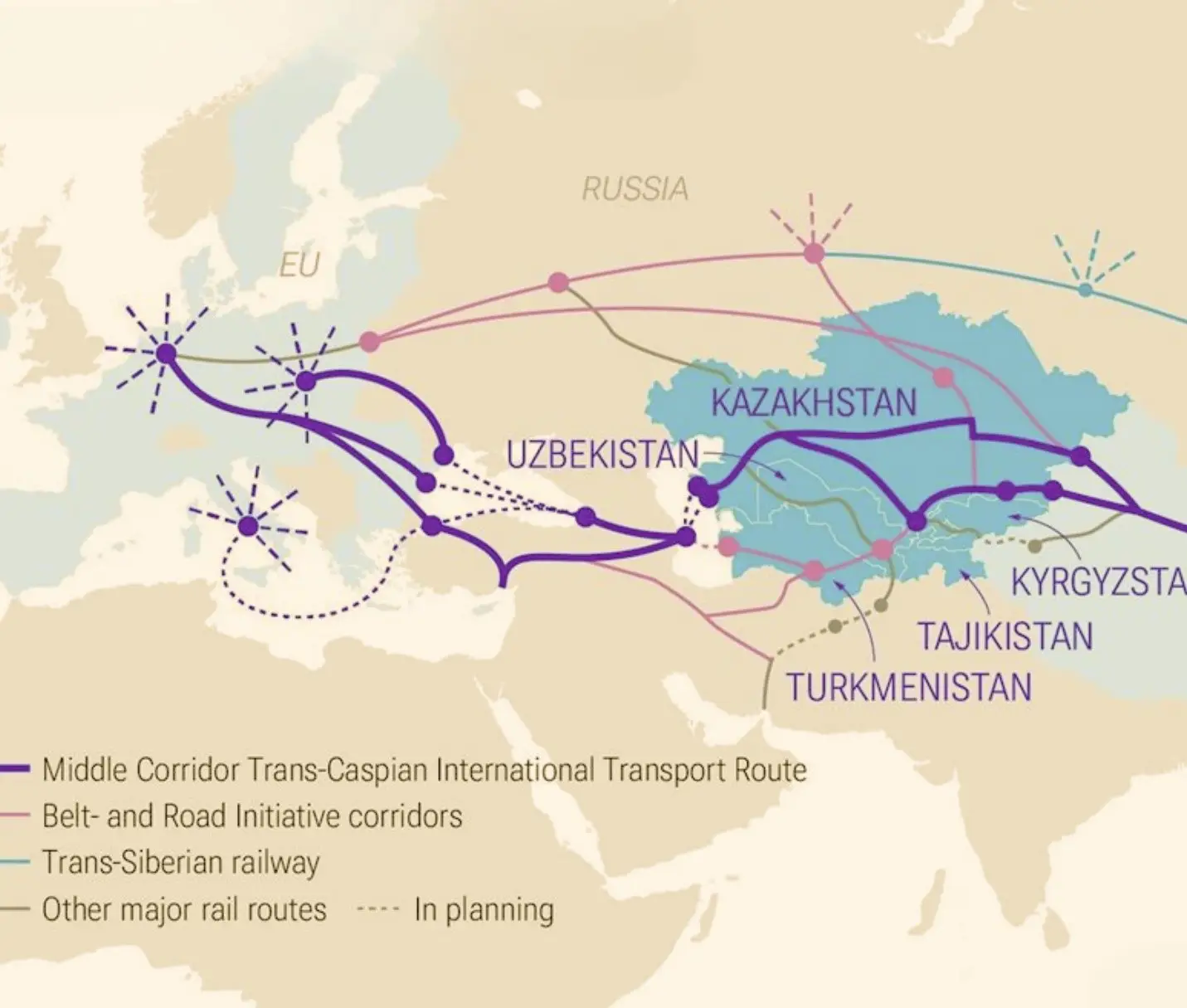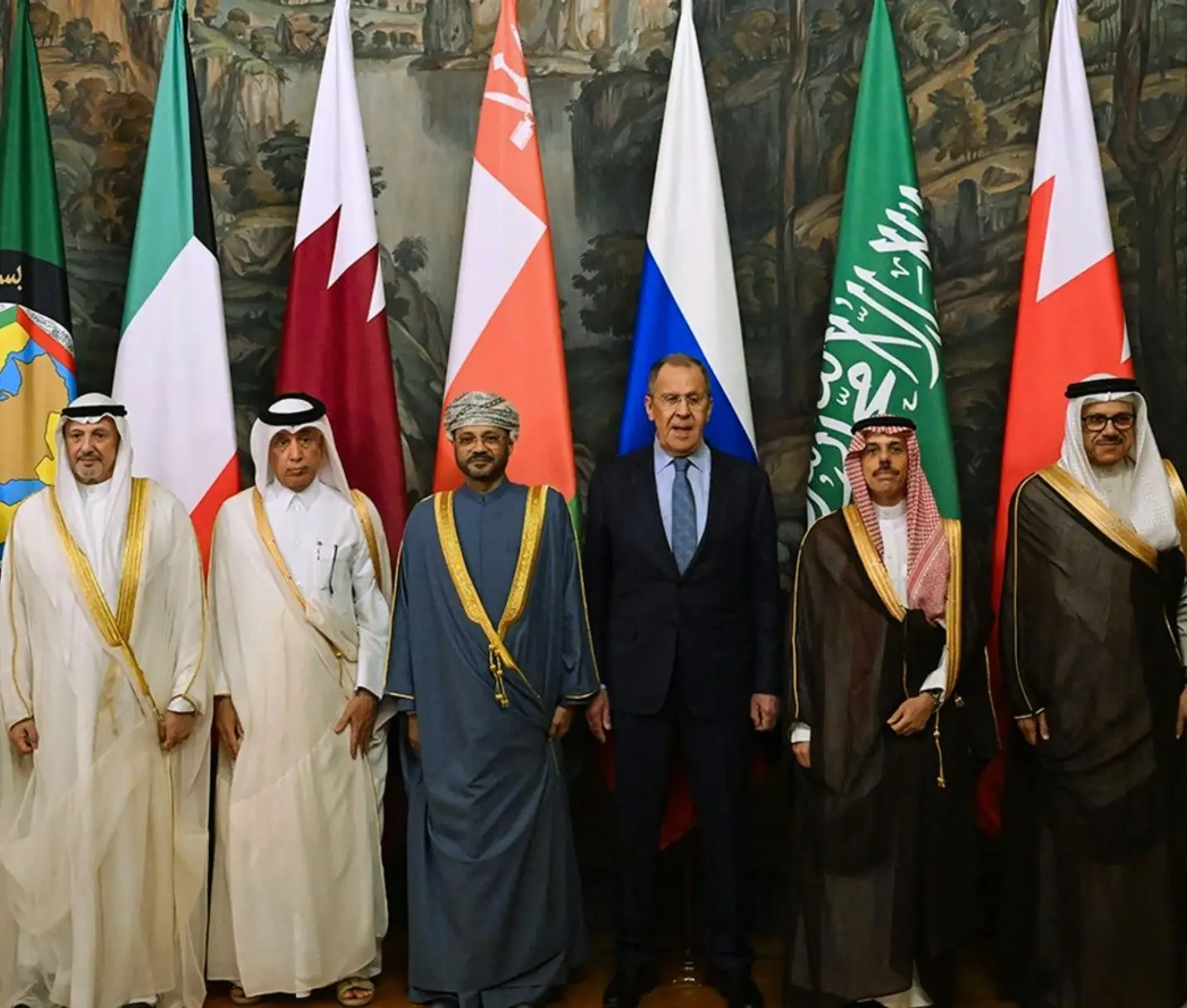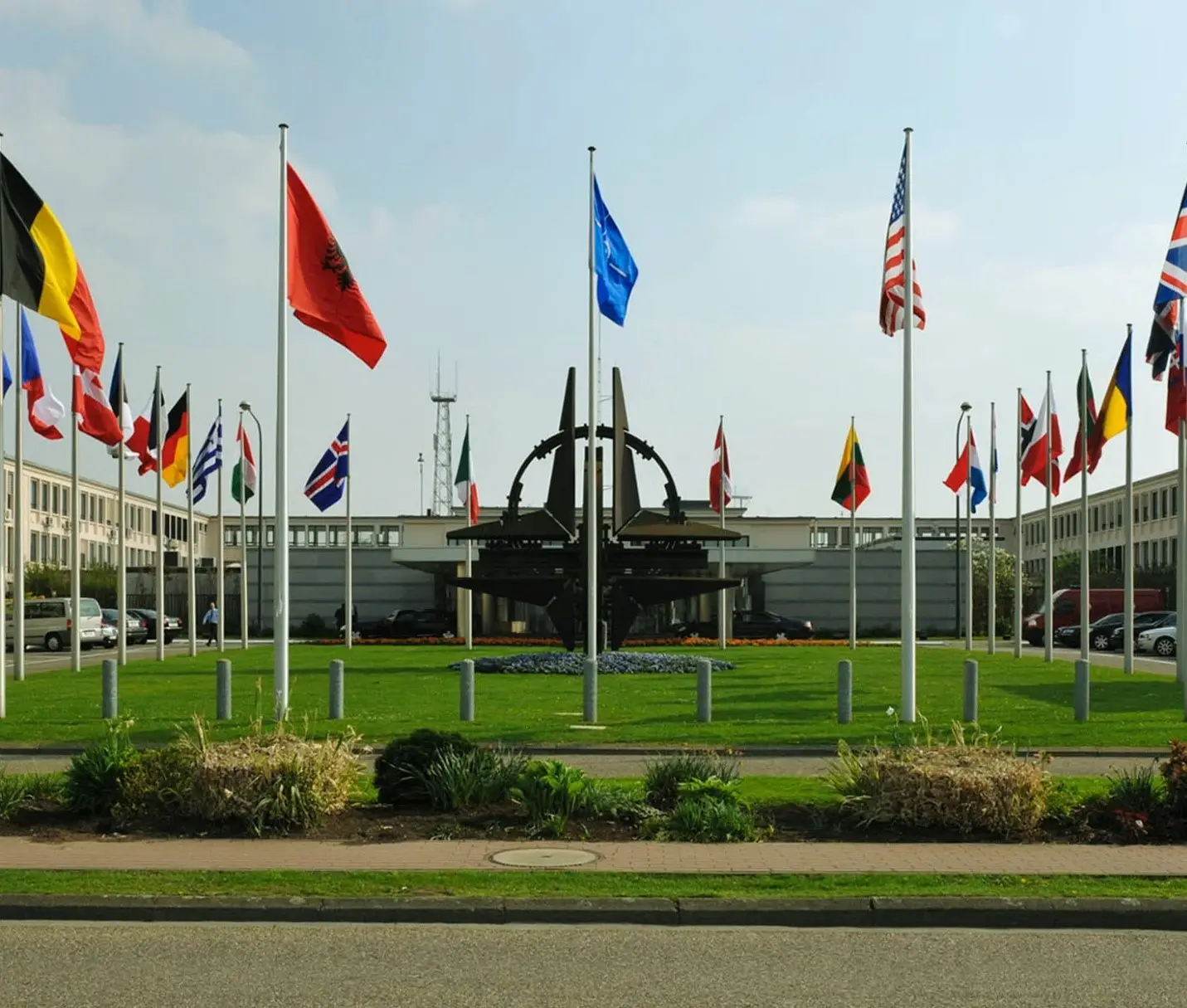Russia’s assertiveness in Eastern Europe is one element of a wider campaign to restore its sphere of influence in post-Soviet Eurasia. The 2022 invasion, a shock for neighbors in Eastern Europe, the South Caucasus, and Central Asia, confirmed their long-held fears regarding Moscow’s threat to sovereignty and territorial integrity. Yet the war’s heavy drain on Russian attention and resources has also created an opening. Exploiting this distraction, states in the Eurasian interior have deepened cooperation with one another, diversified partnerships outside the region, and loosened historical bonds with their former hegemon.
Although many governments have been cautious in their public criticism of the invasion, they are creating realities on the ground that reinforce independence. As Russian arms exports falter under wartime demands, Armenia has turned to European and Indian suppliers, while others procure weapons from Turkey and even China. With Moscow redeploying forces and equipment from its bases in the Caucasus and Central Asia to Ukraine, unresolved conflicts long manipulated by Russia are now being settled locally. Regional cooperation is improving, trade connectivity is expanding, and alternatives to Russian transit are being constructed to allow these countries to engage Russia and other powers on more favorable terms.
Persistent Russian Aspirations
Despite these shifts, Moscow’s ambitions remain intact. History suggests that the Kremlin will employ extreme measures to preserve its influence. Past actions, from Georgia in 2008 to Crimea and Donbas in 2014, demonstrate its proprietary approach not only to Ukraine but to a wider group of post-Soviet states. Ukraine and Belarus are Moscow’s priorities, but it also seeks suzerainty over Armenia, Azerbaijan, Georgia, Kazakhstan, and Moldova, and retains a post-imperial interest in the rest of Central Asia. Russia’s 2023 Foreign Policy Concept revived the term “near abroad,” to justify efforts to bind these countries closer to Moscow on the basis of “centuries-old traditions of joint statehood, interdependence, language, and culture.” Once fighting in Ukraine subsides, Russia is expected to intensify pressure for their integration into Russian-backed institutions, economic networks, restrictive laws on civil society, and a heightened military and intelligence presence.
Opportunity for Strategic Partnerships
The region’s increasing interconnectivity must be sustained if it is to withstand future Russian attempts to reassert authority. This requires that United States, European Union, and partners such as Japan, South Korea, Turkey, and United Kingdom invest in cross-border infrastructure, supply chains, defense capabilities, and diplomatic engagement. These partnerships would reinforce the independence of regional states that are already seeking to diversify away from Moscow.
Consequences of Power Vacuum
Russia’s shift of attention to Ukraine created a temporary vacuum in the Caucasus and Central Asia that initially encouraged instability. In 2022, cross-border conflicts between Armenia and Azerbaijan and between Kyrgyzstan and Tajikistan flared violently. With Moscow pulling troops out of its forward bases, it was unable to mediate as in the past. The Kyrgyz-Tajik border clashes escalated, and left over 100 dead and 10,000 displaced. Yet in the aftermath, local leaders negotiated directly, without Russian involvement. In 2025, Kyrgyzstan and Tajikistan concluded an agreement settling their border dispute in the Fergana Valley and convened a summit with Uzbekistan to enhance trilateral cooperation.
The South Caucasus saw even greater transformation. Russia’s partial withdrawal of peacekeepers and refusal to support Armenia emboldened Azerbaijan, which in 2023 retook Nagorno-Karabakh. Even Russian peacekeepers came under Azerbaijani fire. The result was the dissolution of the Armenian-controlled enclave and the flight of nearly all ethnic Armenians. With the departure of Russian forces, Armenia and Azerbaijan began negotiations that produced a draft peace treaty to normalize relations and confirm the absence of foreign forces. Although not yet finalized, these talks conducted without Moscow signal a historic shift.
Similarly, the absence of Russian mediation has facilitated breakthroughs. Moscow’s long-standing strategy of controlling conflicts to retain leverage has given way to negotiations driven by local agency. Post-Soviet Eurasian states have shown that, when left to themselves, they are capable of resolving disputes for cooperation.
Expanding External Engagement
As Russia’s influence recedes, other states are stepping in. While maintaining pragmatic relations with Moscow, these countries reinforce local independence. Armenia now buys weapons from France and India. Gulf states are investing in green energy and agriculture in Azerbaijan, with an Emirati firm making a record real estate investment in Georgia. The European Union has adopted a Central Asia strategy and become the largest source of foreign investment.
China’s influence is particularly pronounced. Its trade with Central Asia has overtaken Russia’s, infrastructure investments are expanding and its security presence is growing, especially in Tajikistan. Beijing sells weapons, conducts joint training, and is negotiating new arms deals, including fighter aircraft.
Turkey has also deepened its engagement. Through the Organization of Turkic States, Ankara promotes trans-Caspian energy cooperation. Turkish defense support enabled Azerbaijan’s victories in 2020 and 2023 and inspired other regional states to modernize their forces. Turkish drones are now widespread across the region, and Baykar production facility is being established in Kazakhstan. Even Armenia is contemplating defense cooperation with Turkey as peace with Azerbaijan advances.
New Patterns of Connectivity
Enhanced east-west transport links are reducing dependence on Russian routes. The Baku-Tbilisi-Ceyhan pipeline and related projects now carry Kazakh oil to Europe to bypass Russia. Europe’s energy diversification strategy, including agreements to expand Azerbaijani gas exports and access Turkmen resources, is driving regional investment. Azerbaijan is also increasing renewable energy projects to reduce reliance on hydrocarbons.
The most significant development is the growth of the Middle Corridor, a China-Europe transit route through Kazakhstan, Caspian Sea, and South Caucasus. Although underdeveloped for years, the corridor has surged since 2022 as sanctions disrupted the Northern Corridor via Russia. Freight volumes have risen sharply and prompting new European commitments to expand infrastructure.
Russia’s Enduring Influence
Despite these changes, Russia retains substantial influence. Geography, deep personal networks, trade, remittances, and cultural ties continue to sustain Moscow’s presence. Leaders of regional states value stable relations with Russia and benefit from sanctions evasion. Remittances from migrant labor remain vital. Russian political influence persists through close personal ties and domestic political pressure, including support for Russian-style legislation in Georgia and efforts to sway Moldovan politics.
Russia also participates in the very connectivity projects designed to circumvent it. Joint ventures with Azerbaijan and Iran, such as International North-South Transport Corridor, strengthen Russian access to the Indian Ocean. Deals such as Kazakhstan’s award to Rosatom for a nuclear plant signify that regional states prefer to keep options open rather than take sides.
Policy Considerations for Washington
United States has largely treated the Caucasus and Central Asia as peripheral, even as its Indo-Pacific focus grows. However, recent developments demonstrate that selective engagement can yield strategic dividends. Supporting peace initiatives, enabling trade, and encouraging infrastructure investment can strengthen sovereignty without overburdening U.S. commitments. Washington is likely to encourage regional coordination quietly, contribute when requested, and focus C5+1 platform on energy, critical minerals, and economic integration.
Above all, U.S. policy would recognize the shared objective by preventing the reconstitution of a Russian sphere of influence. While local governments will pursue balanced ties with Moscow, Beijing, and others, their desire for diversified partnerships aligns with U.S. interests. Supporting that diversification, even on terms that are not wholly Washington’s, contributes to a more resilient and open region.





